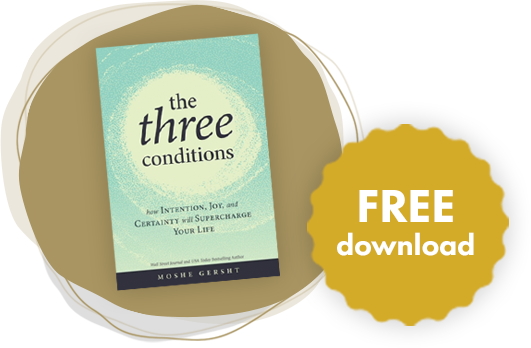
From Exodus to Ultimate Redemption: The Spiritual Journey of Consciousness Transformation
The Exodus from Egypt, known in Hebrew as Yetzias Mitzrayim, represents far more than a historical event. It symbolizes a journey from spiritual bondage to freedom, from darkness to light. However, this journey doesn’t reach its ultimate fulfillment until we attain Geula Shlayma – the complete redemption. As long as we are in the metaphorical exile, or galus, we’re still progressing towards that complete liberation.
The journey starts with the first significant step – leaving the confinement of Egypt, referred to as bechinas Mitzrayim, and stepping into the land of Israel, bechinas Eretz Yisrael. This transition resembles leaving the darkness and stepping into the light. The four expressions of redemption outlined in the Torah reflect this transition – the first three represent the exit from darkness, while the fourth signifies the entry into light, connecting with God. The fifth expression, ‘And I will bring you into the land,’ aligns with the future redemption brought by Elijah, symbolized by the fifth cup of wine at the Passover Seder.
‘Eretz,’ or land, in this context, symbolizes a state of consciousness. Until the Exodus, the world’s governance and the collective consciousness was under the divine name Elokim, representing the concealment of divine reality – a state of constricted flow and consciousness, synonymous with nature or הטבע. This was the condition in the days of Creation.
Yet, with the Exodus, there was a shift in the world consciousness and the world’s governance to the divine name Havaya. This transition, like moving from Egypt to Israel, signifies a transition from hiding the deeper reality to expanded consciousness and divine providence – a state beyond nature, למעלה מן הטבע.
The Exodus reflects this shift in consciousness, as the ten plagues deconstructed the concealment of God inherent in the acts of Creation, making way for a new world order under the divine name Havaya by the Ten Commandments.
This is why Pharaoh, the Egyptian ruler, didn’t have an issue with the divine name Elokim but rather with the divine name Havaya. When he asks, “Who is Havaya that I should obey him?”, he essentially struggles with the shift from Elokim’s governance to Havaya’s.
This understanding also illuminates why we arrange the Seder plate’s elements to correspond with the ten sefirot, or divine emanations. The ten utterances of Creation concealed God’s light in the world, while the ten plagues and the ten commandments revealed the divine in reality, creating a new world. The Seder night marks this shift in world governance – from Creation to divine revelation – as we demonstrate through the Seder plate.
Ultimately, we should understand and internalize that both divine aspects – Elokim and Havaya, representing the hidden and revealed, are one – אין עוד מלבדו. This unity consciousness of God permeates all things, time, and space alike. The dual use of ‘heart’ in the phrase “Know this day, and lay it to your heart, that Havaya is God in heaven above and upon the earth beneath; there is no other” signifies this oneness, that the two hearts, or states of consciousness, are indeed one.
In essence, the Exodus from Egypt is an ongoing, personal journey of spiritual growth and consciousness expansion, leading us to experience the ultimate divine unity in all aspects of life. It’s a journey that transforms our reality and consciousness, inviting us to become an integral part of the ever-unfolding manifestation of God and Godliness in the world.

